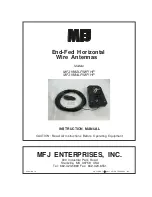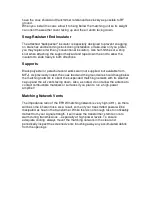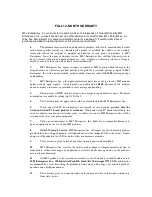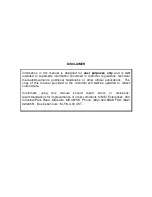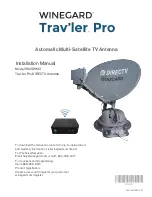
have the coax shield and transformer referenced as closely as possible to RF
ground.
When you install the coax, allow it to hang below the matching unit so its weight
can orient the weather cover facing up and the air vents facing down.
Snag-Resistant End Insulator
The attached "backpacker" insulator is especially designed to prevent snagging
on branches and becoming stuck during installation or take-down (if you prefer,
you may replace it with any conventional insulator). Use half-hitches or a ship
knot when attaching the support halyard and tape down the end to allow the
insulator to slide freely in both directions.
Supports
Black polyester or parachute cord works well (not supplied, but available from
MFJ). As previously noted, the coax feed and the ground wire should hang below
the matching network to orient the suspended matching network with its weather
cap up and the air vents facing down. Also, as noted, do not allow the antenna to
contact combustible materials or surfaces if you plan to run a high-power
amplifier!
Matching Network Vents
The impedance ratio of the EFHW matching network is very high (49:1), so there
will be some inherent loss. As a result, some of your transmitted power will be
dissipated as heat in the transformer. While there's not enough loss to noticeably
detract from your signal strength, it will cause the transformer's ferrite core to
warm during transmissions -- especially at high power levels. To ensure
adequate cooling, always mount the matching network in the clear and
periodically inspect the screened vents, brushing away any accumulated debris
from the openings

